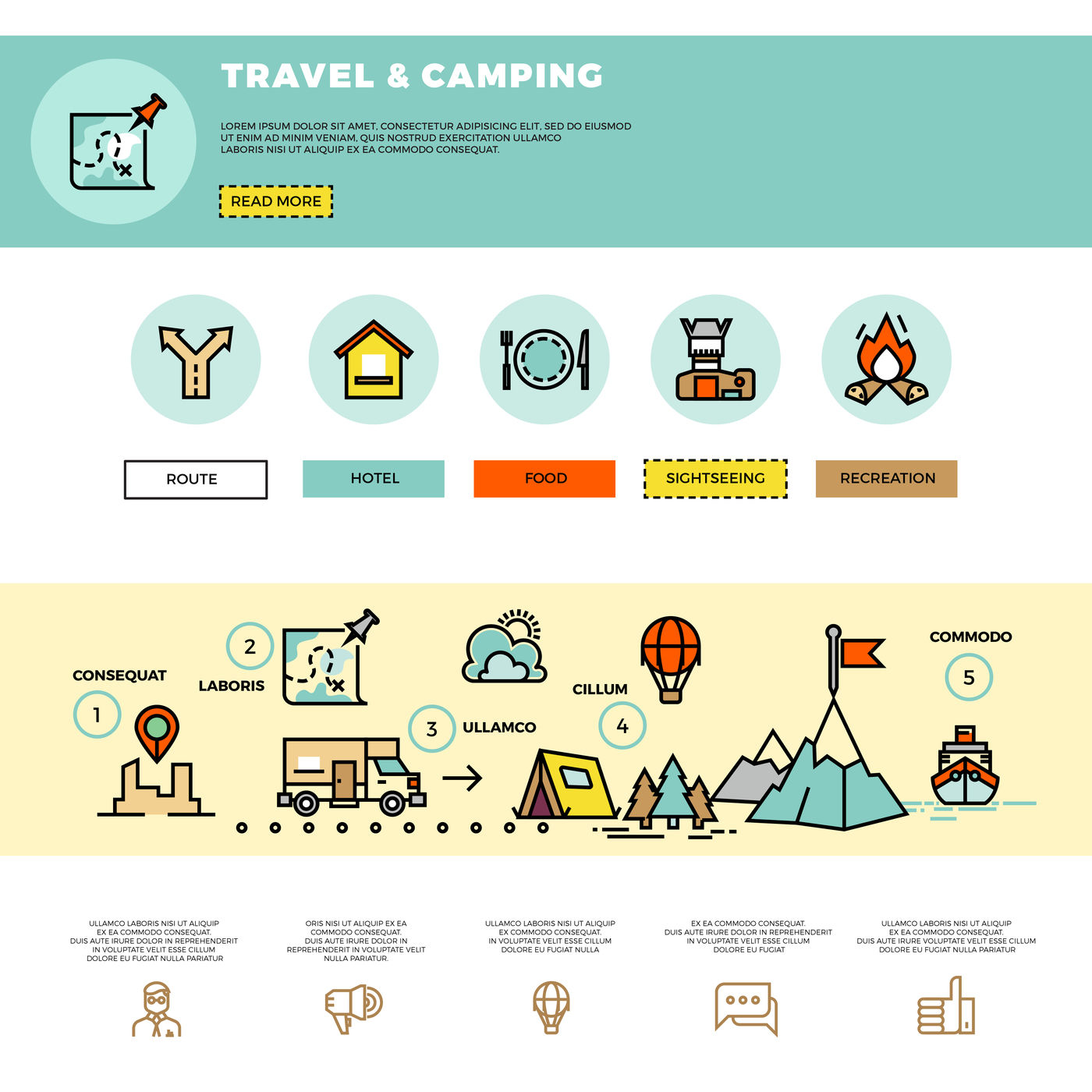Which Brand Is Best For Glamping Operators
Contrasting Natural Vs Artificial Insulation OptionsWhile both offer staminas in various settings, it's important to determine which sort of insulation will finest offer your demands. The insulation you choose effects warmth, weight, water resistance, compressibility and rate.
Down is harvested from waterfowl, generally ducks or geese. It is valued for its lightness, easy compression and insulating properties. However, down becomes less effective when damp.
Warmth-to-Weight
A high warmth-to-weight proportion is desired in outdoor clothing and equipment. The protecting residential properties of down feathers make them an excellent choice for this objective, as they are exceptionally warm and light-weight.
However, down sheds its shielding capabilities when it gets wet, meaning it requires to be coupled with a waterproof shell. In addition, some individuals are allergic to down, making synthetic coats a better alternative for them.
Artificial insulations are usually made from recycled polyester and developed to imitate down's insulating residential properties. They are not as lightweight as down, yet they do not lose their shielding capabilities when they splash and completely dry quicker than down. They are also more affordable than down. Nonetheless, their life expectancy is much shorter than down, causing greater maintenance and replacement expenses.
Water Resistance
The insulation you pick for your work jacket will certainly make a huge distinction in how comfortable you really feel outdoors. Nonetheless, the type of insulation you choose additionally has significant ramifications for your sustainability objectives.
Down is an excellent insulator for a number of factors. It's light-weight, compressible, and supplies a good warmth-to-weight ratio. Nonetheless, it doesn't fare well when it splashes. Down globs up and sheds its loft when wet, which can substantially lower its ability to trap warmth.
Artificial insulation materials, such as Thinsulate and Primaloft, stand up far better versus damp problems. They normally have a limited weave or chemical finishing that maintains water from penetrating the fabric. This enables the insulation to remain breathable, even if wet. It deserves keeping in mind that synthetics can additionally be unpleasant when wet, but they maintain their shielding homes.
Compressibility
While goose down does have a superior warmth-to-weight ratio, artificial insulation executes similarly. Nevertheless, unlike down which soaks up and sheds its protecting capacities when wet, synthetic insulation does not. Consequently, it can maintain its loft and trap warm air in wet problems.
Typically made from polyester sheets or clusters that simulate down, the most common synthetic insulation brands consist of PrimaLoft, FullRange, Thermoball and Patagonia's PlumaFill. While it still can't match down's loftiness and warmth-to-weight, synthetic jackets are lightweight, quick to dry and cheaper than down. This makes synthetic coats best for damp settings, or if you're prone to sweating greatly. Synthetic jackets are likewise less delicate than sustainable fashion down and can lose. This resilience encompasses their face materials which are normally thicker and extra sturdy than down.
Longevity
A significant factor to consider in sustainability is a product's durability and toughness. All-natural materials like cork, ThermaCork expanded cork and Havelock woollen last longer than artificial alternatives like fiberglass and plastic. They likewise need much less upkeep and can stand up to harsh environmental problems.
Nonetheless, all-natural insulation does not execute too when damp as artificial alternatives. Woollen and fleece glob together when damp, jeopardizing their ability to catch warmth. Artificial insulation, on the other hand, does not take in moisture and remains to protect even when saturated.
This makes synthetic insulation perfect for wet climates and arduous tasks where you might sweat heavily. It's additionally much easier to wash and dries out faster than down. This added durability and integrity make synthetic insulation a total champion in this classification. This converts to long lasting insulated job boots that last long and maintain you heat through requiring environments.
Sustainability
All-natural materials supply biodegradability and a smaller ecological footprint, while artificial options brag resilience and cutting-edge applications that support power efficiency. Nonetheless, it is essential to recognize real ecological impact of these insulation products from cradle-to-grave.
For example, if an all-natural insulation material needs to travel a far away from its resource to the building site, transportation-related discharges increase its general carbon impact. Choosing in your area sourced and recycled products minimizes that impact. And, selecting GREENGUARD and Cradle to Cradle certifications makes certain that insulation is free of unpredictable natural compounds (VOCs) and sustains liable sourcing and labor conditions.
Sheep's woollen and cork are eco-friendly insulation sources that are gathered without damaging the tree or plant. Both have the added advantage of being normally resistant to mold, bugs and dampness.
